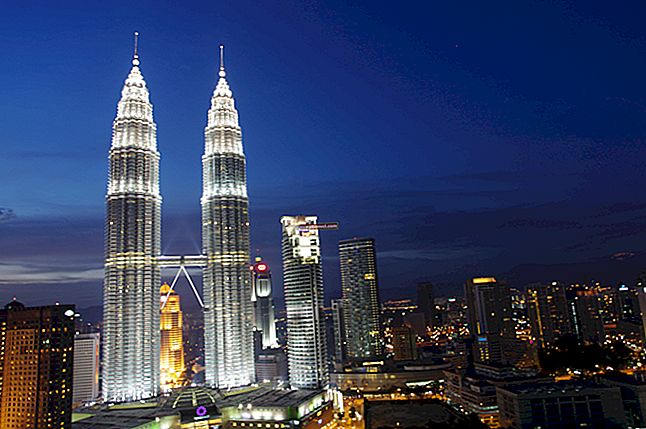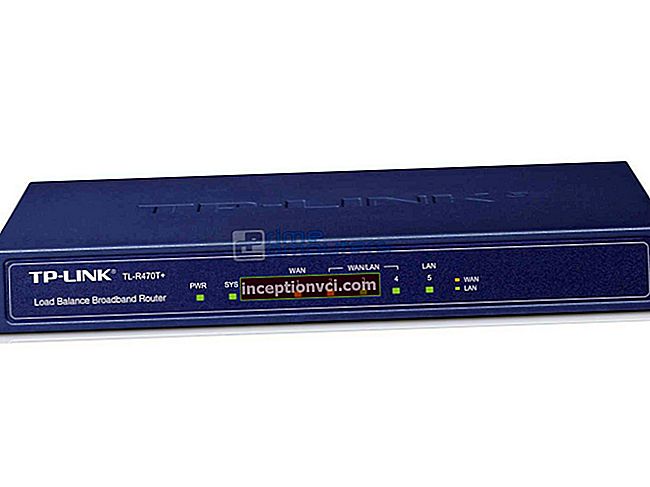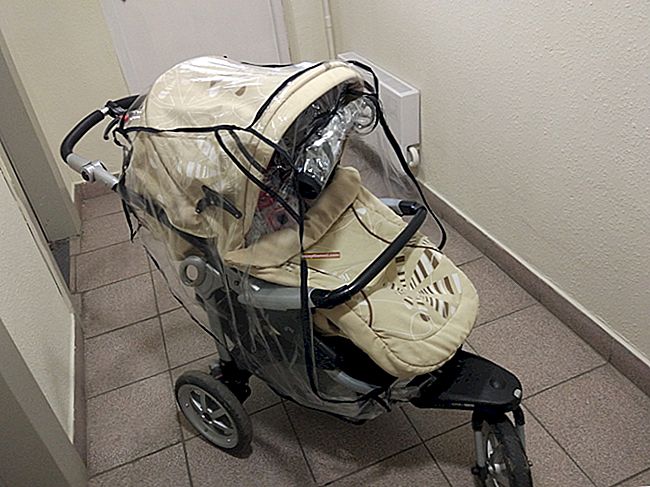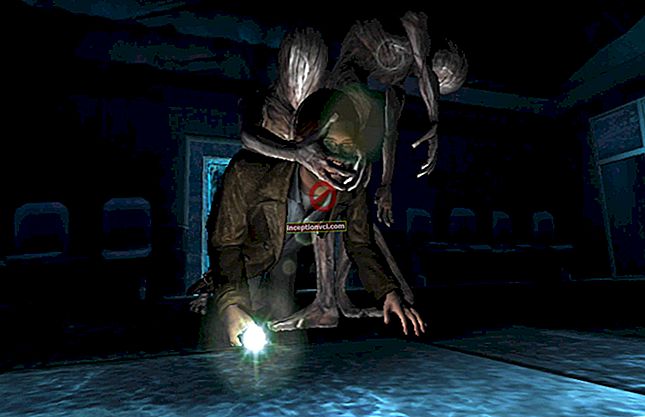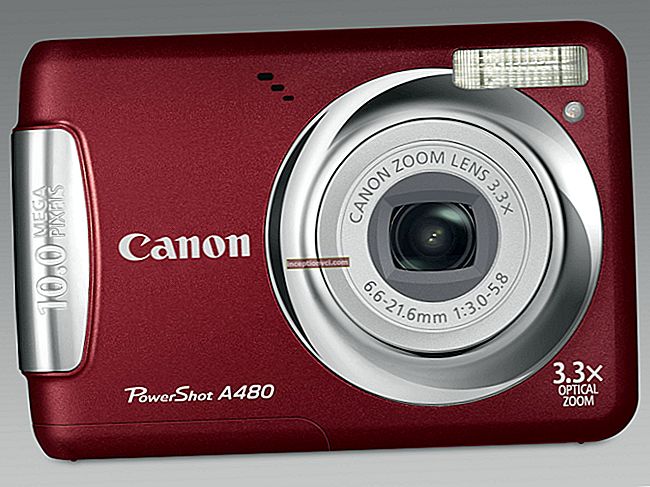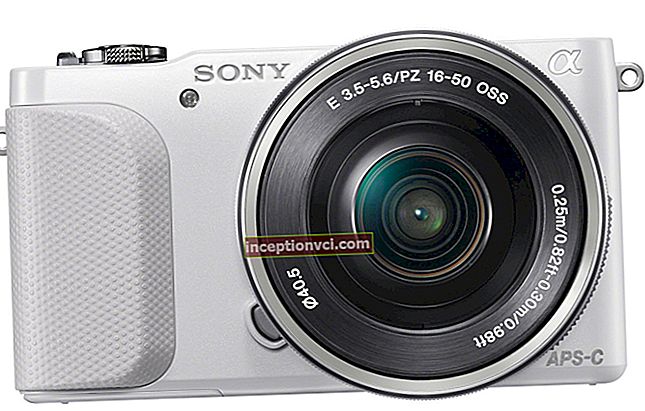Canon PowerShot A650 IS
The popular Canon PowerShot A line has evolved in two ways. The A630 / A640 featured large 1 / 1.8 "sensors and swivel monitors, while the A710 IS got a 6x optical stabilization zoom lens. Both were good in their own way. And now the A650 IS is a device with the best features of both branches of the evolution of PowerShot compacts.
Design
Immediately you pay attention to the dimensions and weight of the device - you can hardly dare to call it a "compact", this is one of the heaviest models of "non-mirrored design". At the same time, the A650, of course, will fit in most pockets, and even more so in bags and handbags. I would not call the device beautiful - convenience and functionality are at the forefront.

Control
With a relatively small number of levers and buttons, the control turns out to be convenient and efficient - everything is so well thought out and optimally implemented.
Basic mode switch - Photo / View - slide type. Generally speaking, I don't really like these switches, but I won't grumble here. Firstly, there are only two positions (and not three, as it happens if video recording is turned on there), so you won't get confused in them if you want to, and secondly, the engine is located exactly under your thumb, and you can switch instantly.
Two buttons control exposure compensation and ISO (and in playback mode - delete and rotate images, respectively). The Left-Right buttons (more precisely, these positions on the control ring) are not used in automatic shooting modes and in scene programs, they come to life when you turn on the manual exposure modes Tv, Av and M - with them you set the aperture and / or shutter speed.
The FUNC.SET button overrides the image with a short function menu, while the MENU button allows you to adjust various aspects of the camera's operation. We note four options for the autofocus mode (AiAF - intelligent autofocus, the main type; then there is Center; FlexiZone - manual movement of the zone, implemented quite tricky; and finally, Face recognition - very fast and tenacious).
Shooting modes
The camera is serious - there is a full set of manual exposure modes, a programmer P and a simplified Auto mode, as well as 13 scene programs (four of them are placed on the mode dial), plus Video shooting and Panorama shooting (with subsequent gluing in the supplied computer editor). The current camera settings can be saved in the C (Custom) drive position. Among the scene modes there is "ISO 3200" - with a frame resolution of 2 megapixels.
Burst shooting is carried out at a speed of 1.3 frames / sec - let's say, not a machine gun. But you can do continuous shooting with flash (very rare), however, you will have to set a sufficiently high ISO value yourself, because for some reason the camera's automatics do not think of this before, and pictures at Auto-ISO turn out dark.
Macro shooting is powerful, from one centimeter, and with increasing zoom, the minimum focusing distance does not jump abruptly to much larger values (as it happened in some Canon models), but increases smoothly and predictably.
A big fly in the ointment, in my opinion, is the lack of a "live" histogram during shooting. Imagine - you enter exposure compensation, or even set the exposure pair manually, and there is no histogram on the screen ?! True, the brightness of the image on the monitor simulates the result that will be obtained with the current settings, but is it really possible to set the exposure "by eye"? Moreover, we know that the live histogram is not God knows what a complicated option, it is available in many more modest models, and its absence in the camera with a pretense of "seriousness" is a little disappointing. Of course, you can watch the histogram in viewing mode, make adjustments and reshoot the frame again - but the efficiency of this method cannot be compared with a live histogram.
View Mode
An interesting option for displaying the image "Check focus", which appeared in recent Canon models. Part of the screen displays the complete image, and a rectangle marks the area where autofocus was triggered. The same area is shown large in another corner of the screen. With the zoom lever, you can zoom in even more, and with the arrows, you can move the image, making sure that the autofocus works in the right place and the frame is blurry.
There are no serious editing functions for pictures - only rotation, cropping, and the like.
Image quality
In this model, a rather large 1 / 1.7 "matrix is installed, and this is one of the reasons for the high quality of images. Automation works perfectly, exposure is accurate, colors are natural, without excessive flashy-effective saturation. The lens is also good - there are very few chromatic aberrations, and the sharpness is quite high.With regard to noise, then, alas, everything is "compact" - noise reduction artifacts are noticeable already at ISO 200 (to which, by the way, the camera gravitates when setting Auto-ISO - but it could have behaved more modestly , set ISO to minimum 80 or 100).
Functional menu
Pressing the FUNC.SET button during shooting brings up a short function menu over the image, giving quick access to the following settings: White balance (including pattern setting), Shutter mode (single shots, continuous shooting and customizable self-timer), Color schemes (normal, Vivid, Neutral, Sepia, Black & White) and Image Adjustment (Sharpness-Saturation-Contrast), Flash Output, Metering Type (three options), JPEG Compression Rate (also three options) and Aspect Ratio (12, 8, 5, 2 and 0.3 megapixels, as well as a 1600x1200 Postcard, in which you can imprint the date on the picture, and a wide-format W, with an aspect ratio of 16: 9 - note that the resolution in it is 4000x2248, that is, although the frame is cropped from top to bottom, but the resolution is not underestimated, but remains at the level of 9 megapixels, which is very cool for pictures in 16: 9 format). When you turn on the function menu, the ISO value is also displayed, but you control it separately using the button of the same name.
Camera organs
Batteries
Powered by four AA rechargeable batteries (standard batteries included). They make a significant contribution to the overall weight of the device. The run times are very long, and yet it is always best to have a fresh spare kit ready.
Rotary display
The monitor rotates along two axes, which provides almost any position relative to the body. You can shoot, holding the camera from above, from below, even turning the corner. This monitor is indispensable for macro photography.
Interchangeable optics
By pressing the button and removing the protective ring, you can first install the LA-DC58F adapter, and then the WC-DC58B (0.75x) wide-angle converter or TC-DC58C (2.0x) tele-converter. Light filters with a diameter of 58 mm are also suitable.
Viewfinder
The optical viewfinder is very handy in many cases. For example, when shooting in bright sunlight (when the picture on the monitor fades), or in continuous shooting (when the image on the monitor refreshes sporadically and becomes jittery).
Included
Strap, 4 AA batteries, 32MB SD card, USB cable, AV cable, Brief Printed Manual, CD-ROM with software and detailed instructions.
Main characteristics
The matrix - 12.1 megapixels, 4000x3000, 1 / 1.7 "
Lens - 6x optical (35-210 equiv. Mm, f / 2.8-4.8) + 4x digital zoom
Memory - SD / SDHC / MMC / MMC plus / HC MMC plus cards; included 32 MB card
Display - 2.5 ", 173000 points
Photo - JPEG
Video - AVI (Motion JPEG), up to 640x480 @ 30 fps, or 1024x768 @ 15 fps, with sound
Interface - USB, AV out, DC in
Output
Unfortunately, the Canon A650 IS falls short of being "ideal compact" - it also has serious flaws, and yet it's a great machine. If you choose a digital camera and at the same time do not strive for ultra-compact dimensions, then the Canon A650 IS is simply bound to be on your list of candidates.
Advantages - 6x zoom, optical stabilizer, swivel monitor, optical viewfinder, rich settings, a full range of manual modes, support for additional optics.
Disadvantages - no wide angle, no histogram when shooting, relatively large dimensions and weight, low monitor resolution.
Ergonomics
Convenient management, everything is clear and reasonable. The swivel monitor is indispensable for unusual shooting angles.
Functionality
The absence of a live histogram is unpleasantly surprising. Otherwise, everything is great, the lens would still be wider.
Image quality
Great shots - sharp, vivid, color-accurate. However, at high ISOs, the picture is not brilliant.
Price quality
The camera is not the cheapest, but it works out its cost completely, no questions asked.
Competitors
The Canon A650 is almost a unique camera in terms of its combination of parameters. What other compact has a 6x zoom at 1 / 1.7 "12 megapixel matrix, and even with manual modes? Except that the older model Canon G9.
HP Photosmart Mz67

Advantages - 6x zoom (like Canon A650 IS), good optics, correct operation of automation, very low price.
Disadvantages - the resolution of the matrix is 8 megapixels, there is no optical stabilizer, there are no manual modes and even ISO and WB settings, video is 320x240.
Panasonic Lumix DMC-TZ3

Advantages - 10x zoom with a wide angle (28-280 equiv. Mm), video 848x480 at 30 frames / sec, high-resolution 3 "monitor (230,000 pixels).
Disadvantages - 7 Mp matrix of standard size 1 / 2.35 ", lack of manual exposure modes.
Sony Cyber-shot DSC-H9

Advantages - 15x zoom (31-465 equiv. Mm), manual modes, rotary (on one axis) monitor 3 "high resolution (230,000 points).
Disadvantages - matrix 8 Mp, standard size 1 / 2.5 ", significantly larger dimensions and weight.

